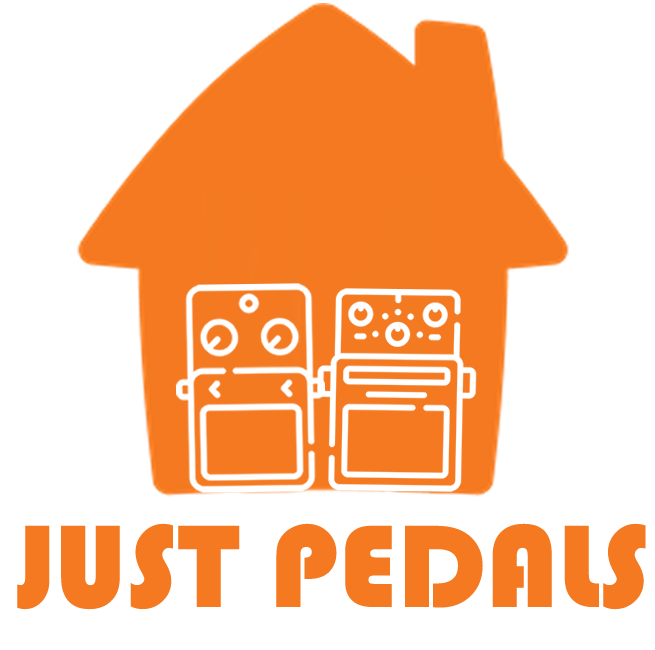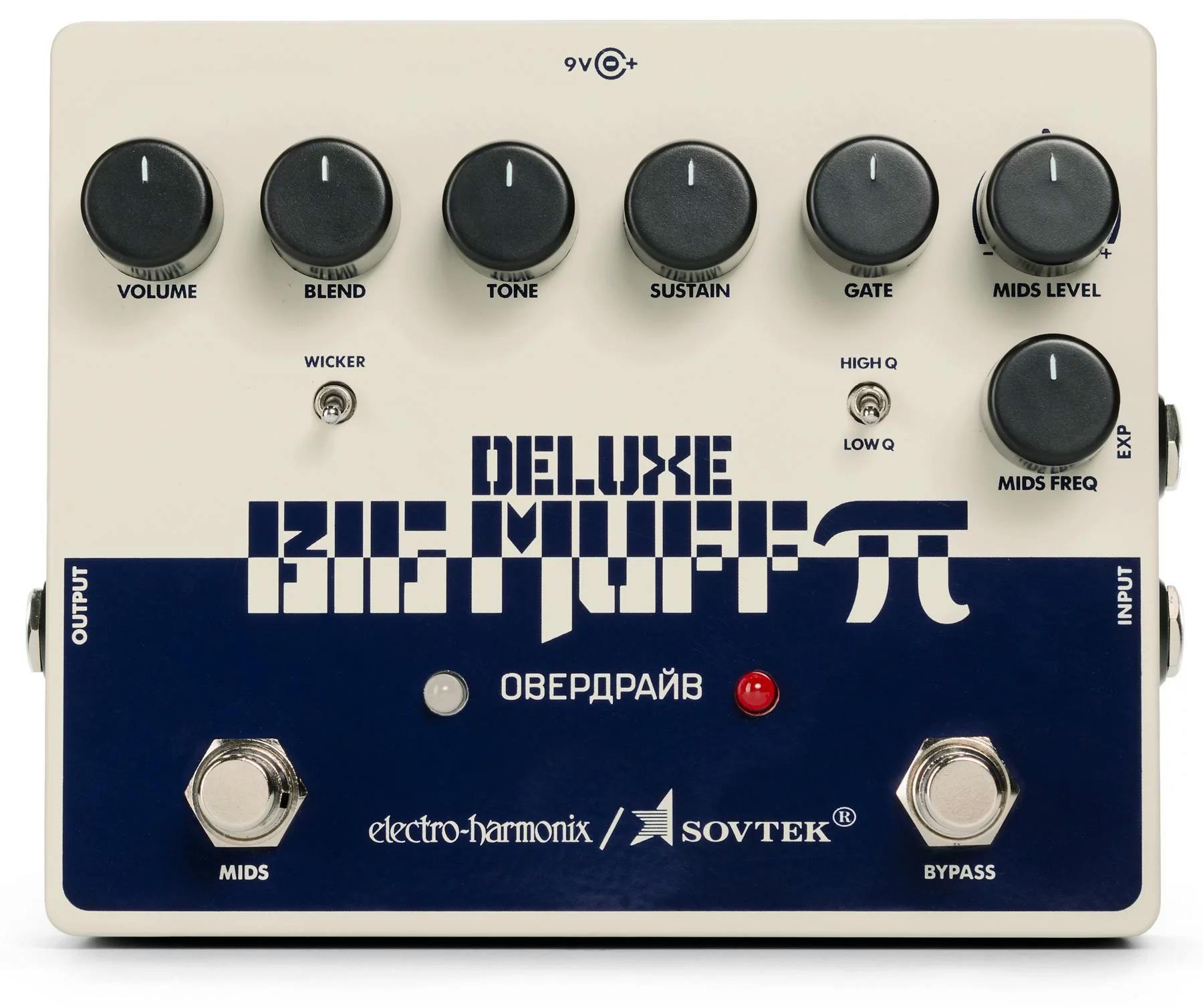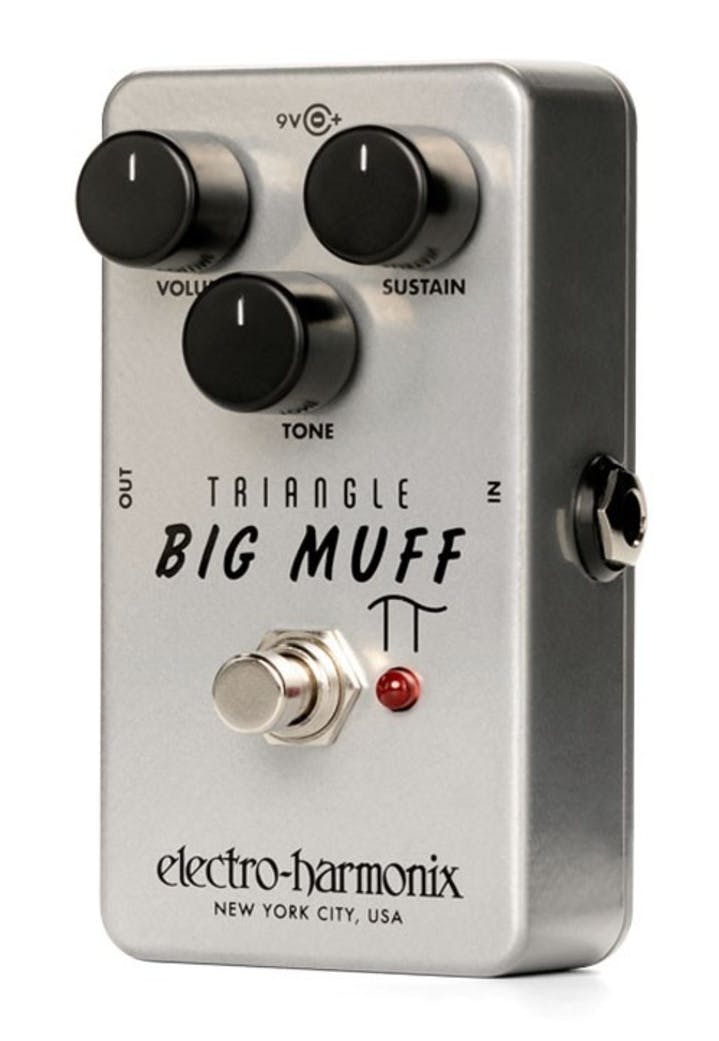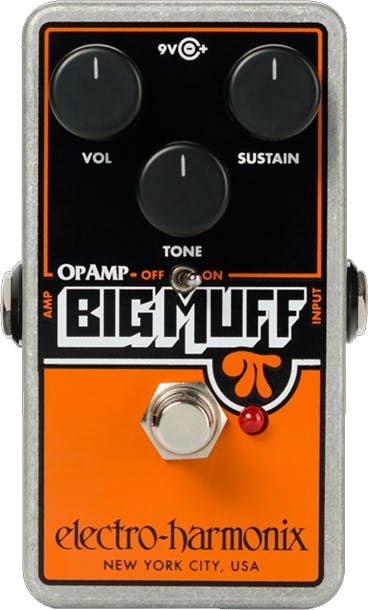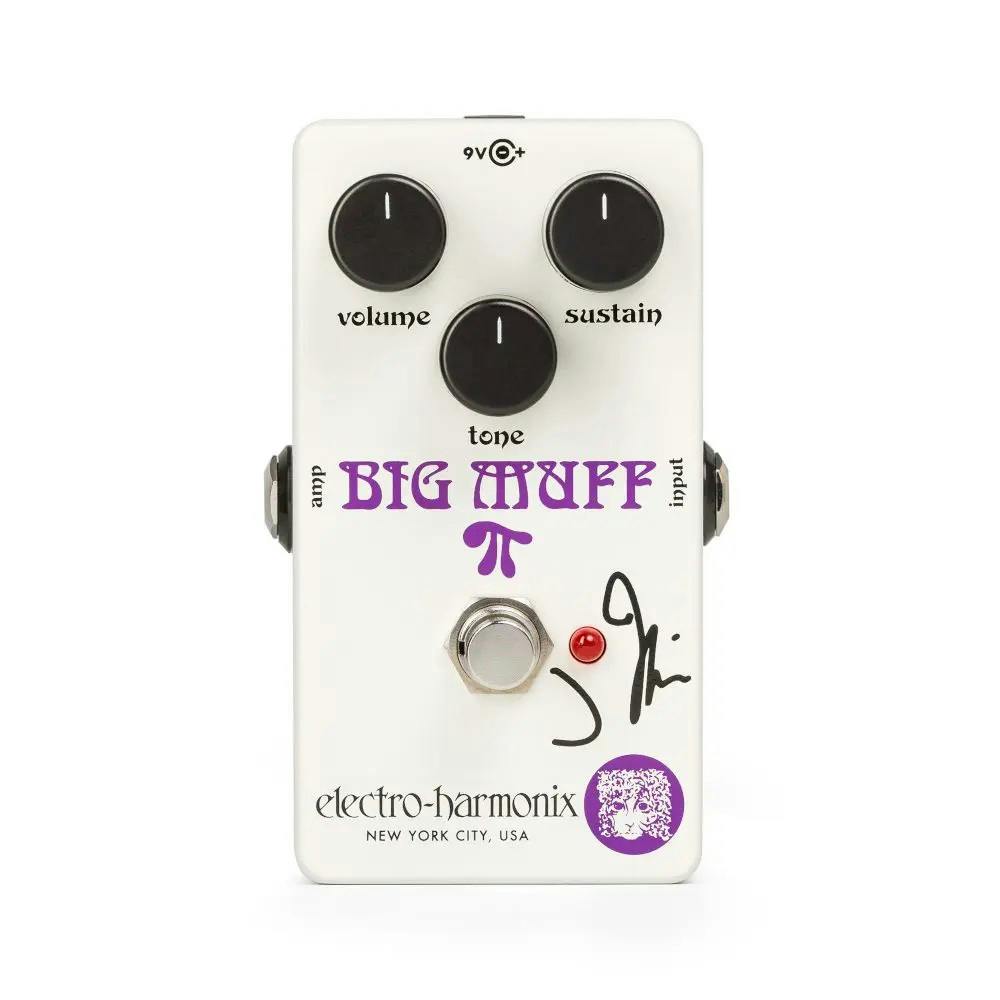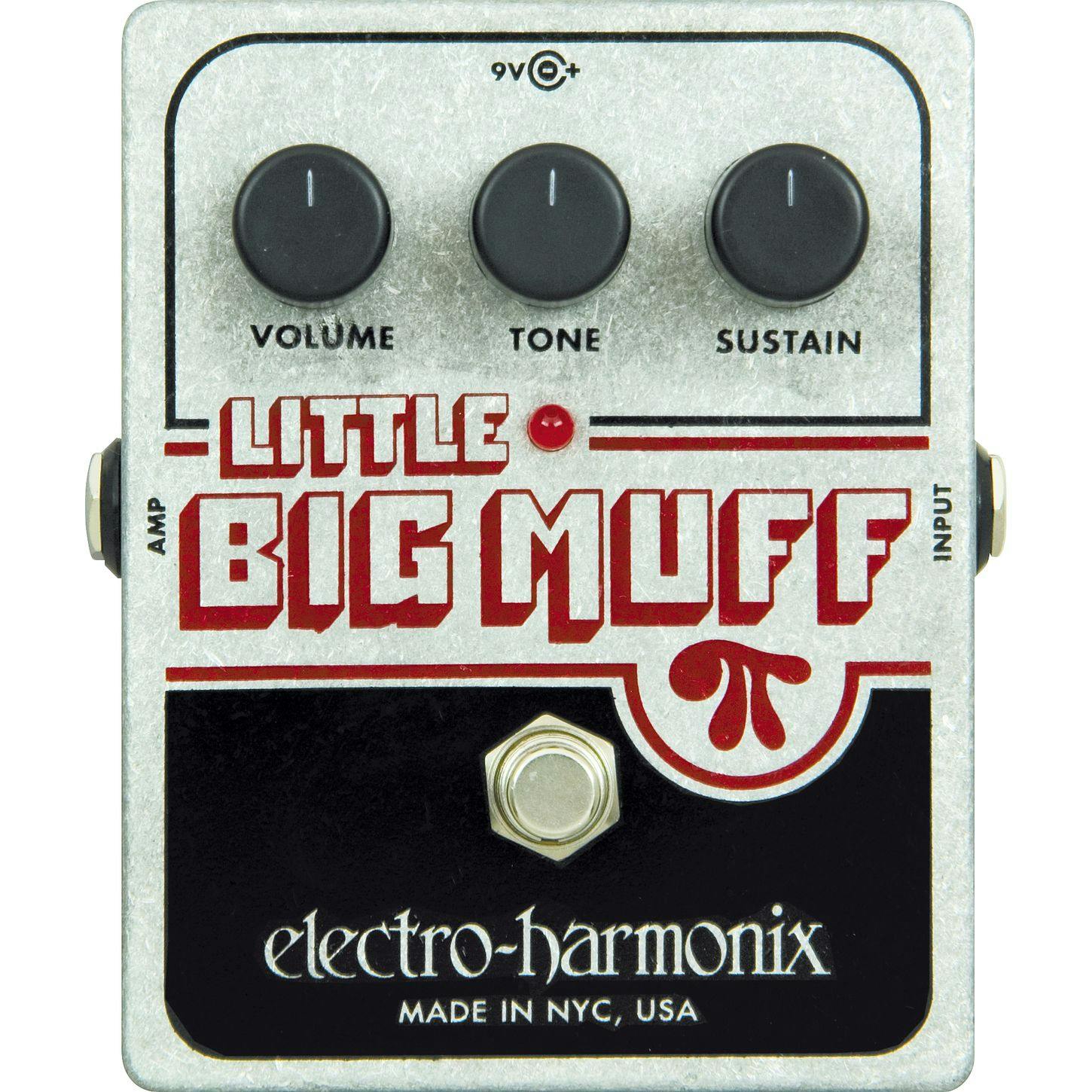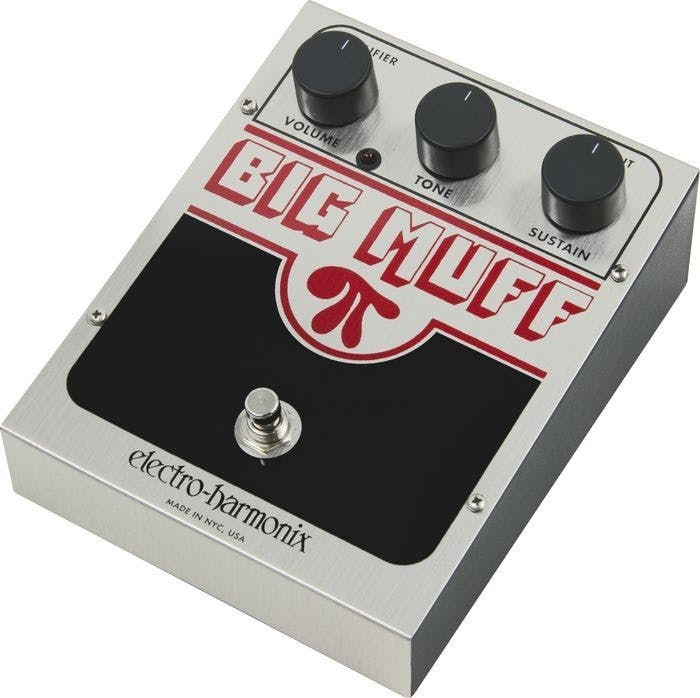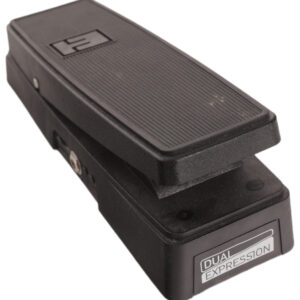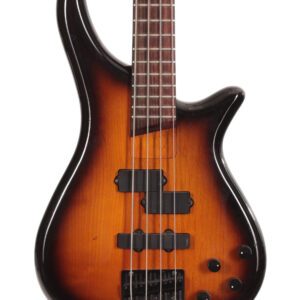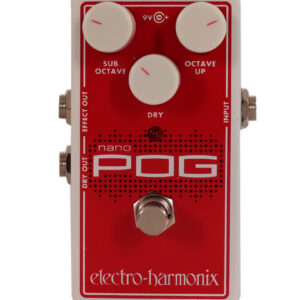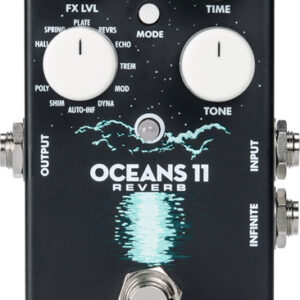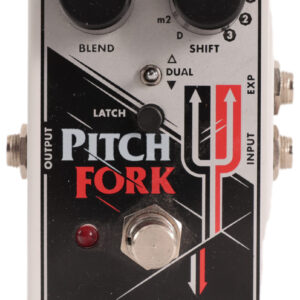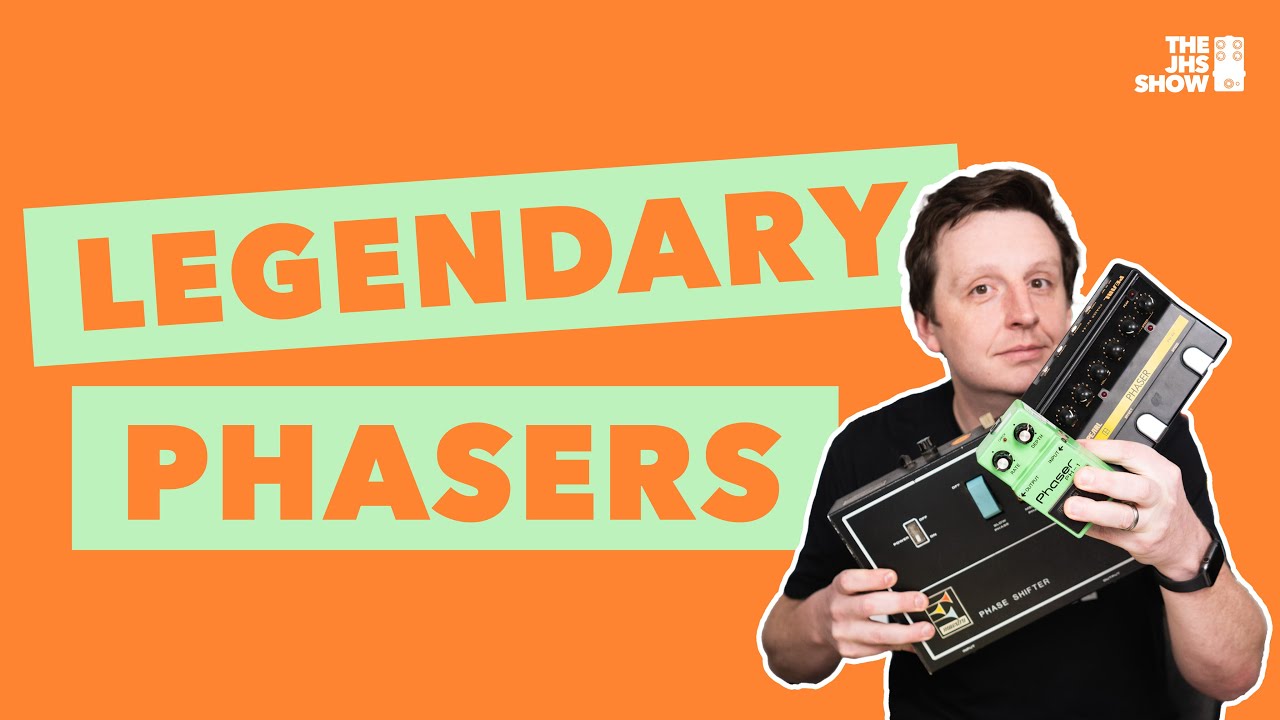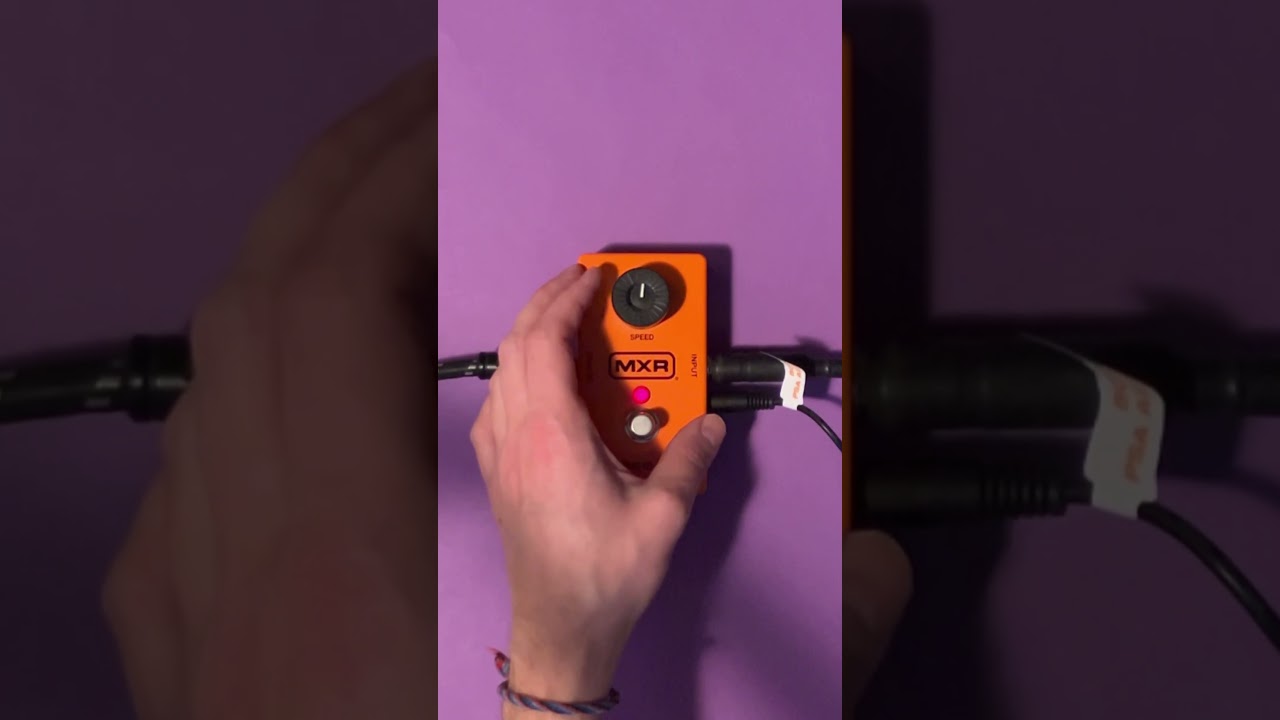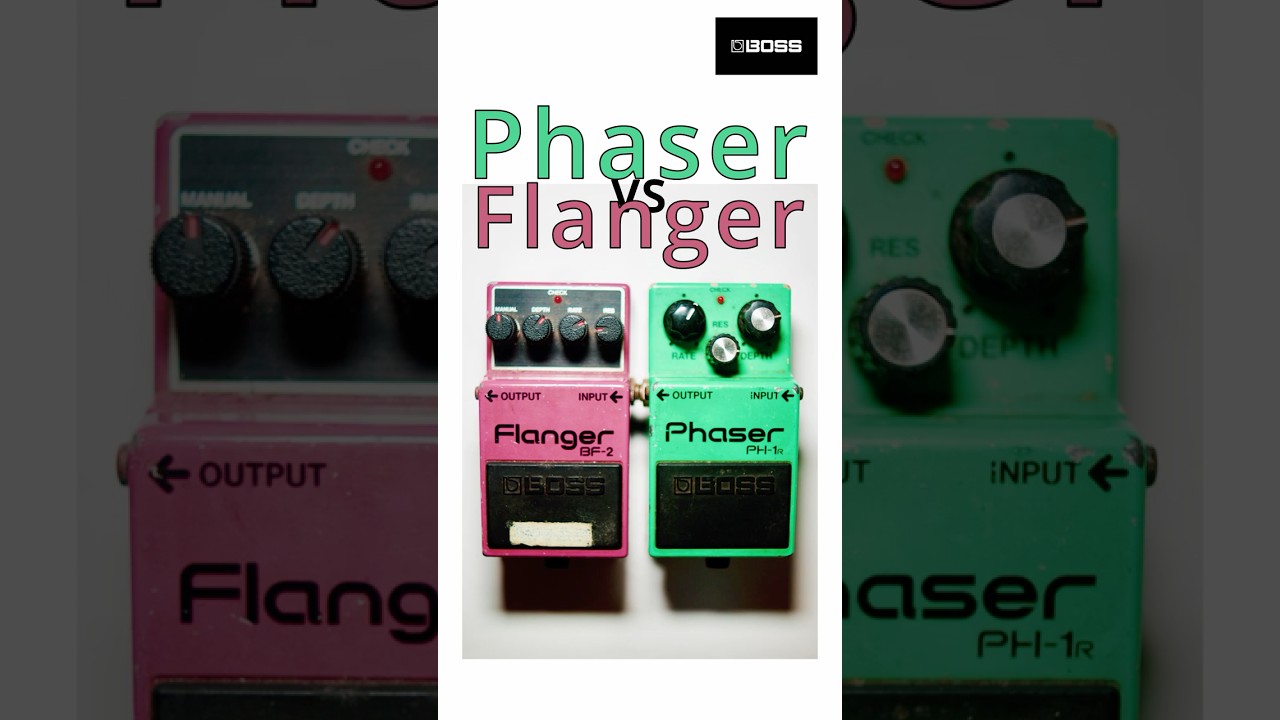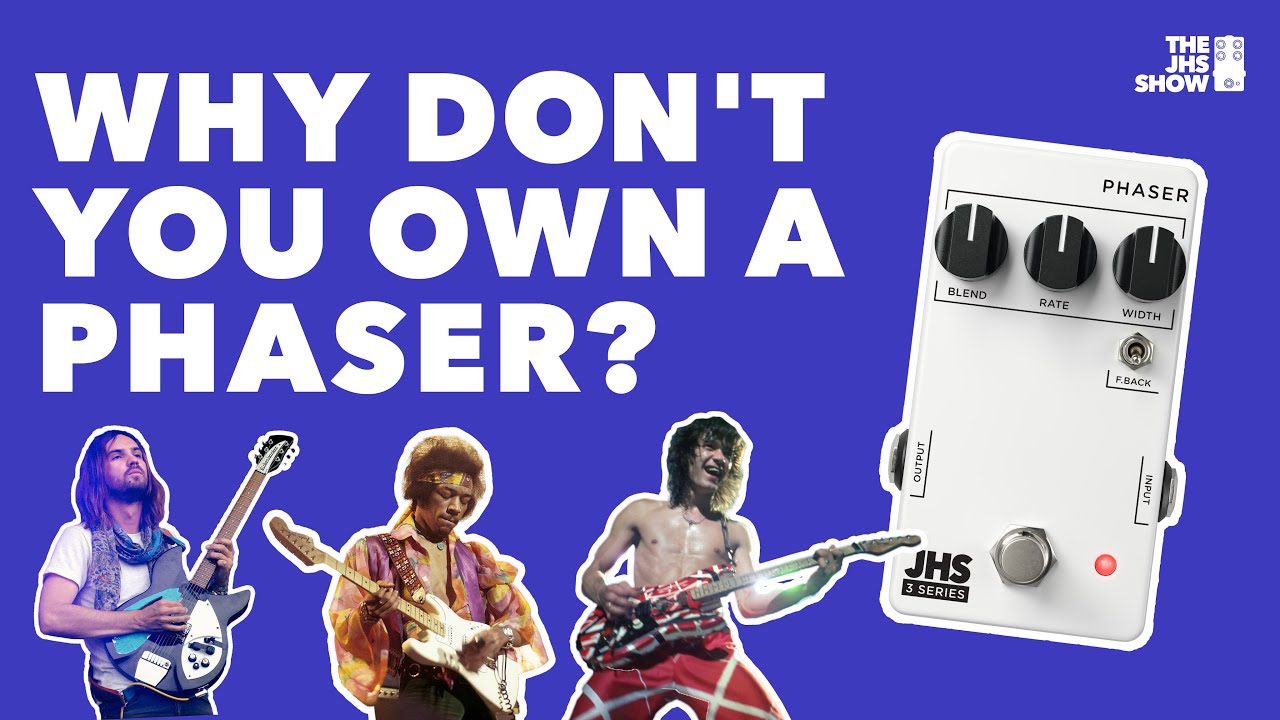Description
The Electro Harmonix Sovtek Deluxe Big Muff Pi Fuzz pedal is currently retailing at £149 and it is out of stock. Available to be delivered to you by post direct (some charge may apply).The team at Just Pedals think that Electro Harmonix nailed it with the Electro Harmonix Sovtek Deluxe Big Muff Pi Fuzz pedal. Electro Harmonix Sovtek Deluxe Big Muff Pi Fuzz pedal
We have new and used Electro Harmonix musical equipment available on our website for fast direct delivery from sellers across the UK & Europe.
Electro-Harmonix (EHX) is a legendary effects pedal company founded in 1968 by Mike Matthews, known for pioneering some of the most iconic sounds in music history. Based in New York City, EHX offers a vast range of pedals, from the classic Big Muff fuzz and Memory Man delay to innovative effects like the POG and Freeze. Renowned for their creativity, durability, and affordability, Electro-Harmonix pedals have shaped the tones of countless musicians across genres, from rock and punk to ambient and experimental music.
Just Pedals is a new Guitar Effect Pedals Marketplace – We feature new and used Guitar Effect pedals from different sellers, to purchase online from the UK.
The Muff is a classic type of fuzz pedal, most famously associated with the Electro-Harmonix Big Muff. It is known for its heavily saturated, distorted sound, often producing a thick, smooth fuzz with a rich harmonic complexity. The Big Muff in particular has become an iconic pedal, widely used in rock, metal, and experimental music, known for its ability to create a sustained, creamy fuzz with a pronounced midrange and bass-heavy response.
The Muff design is typically centred around fuzz distortion, creating a fuzzy, saturated tone with a long sustain that can add both warmth and grit to a guitarist’s sound. Many versions and variations of the Muff pedal exist, such as the Russian Big Muff, Wren and Cuff’s Blackout series, and Moogerfooger fuzzes, each offering unique tweaks on the classic design. Muff pedals are celebrated for their ability to create massive, powerful tones, making them a staple for musicians seeking a distinctive, cutting-edge fuzz sound.
A pedal is an electronic device that alters the sound of an electric guitar by applying various effects. Pedals are typically connected in a series between the guitar and amplifier, allowing guitarists to switch effects on and off with their feet while playing.
This enables musicians to quickly and easily change their sound, adding versatility and creativity to their performances.
Pedals are essential tools in many musical genres, including rock, blues, jazz, and metal, allowing artists to craft distinctive and dynamic soundscapes.
Once you buy one, you can’t stop and then you have to sell them and buy more.
Just the latest videos
Just related products
6% Off £159.00 £150.05
A fully integrated pedal that combines the "Civil War" / "Tall Font" Green Russian Big Muffs plus the Deluxe Big Muff Pi Foot-switchable MIDS EQ section that delivers extensive sound shaping control High Q / Low Q switch Wicker switch to open up high…
read more
£107.00
The authentic V1 Triangle Big Muff reissued in a nano-sized chassis Effect status LED True bypass Vintage look and graphics Comes with a 9V battery, also accepts an optional EHX 9.6DC200mA PSU
8% Off £83.67 £77.00
Crushing distortion Singing sustain with attitude Compact, rugged nano enclosure True bypass 9-volt battery included, Optional 9.6DC-200 power supply available
£88.49
The authentic V2 Violet Ram’s Head Big Muff in a nano-sized chassis Effect status LED True bypass Vintage look and graphics 9V battery included, also accepts optional EHX 9.6VDC-200mA power supply
£43.36
【Based on Electro-Harmonix Big Muff PI circuit】This guitar effects pedal is designed based on the well-known Electro-Harmonix Big Muff PI circuit, ensuring exceptional distortion and fuzz effects for your electric guitar. 【Effect Type: Distortion/FUZ…
read more
